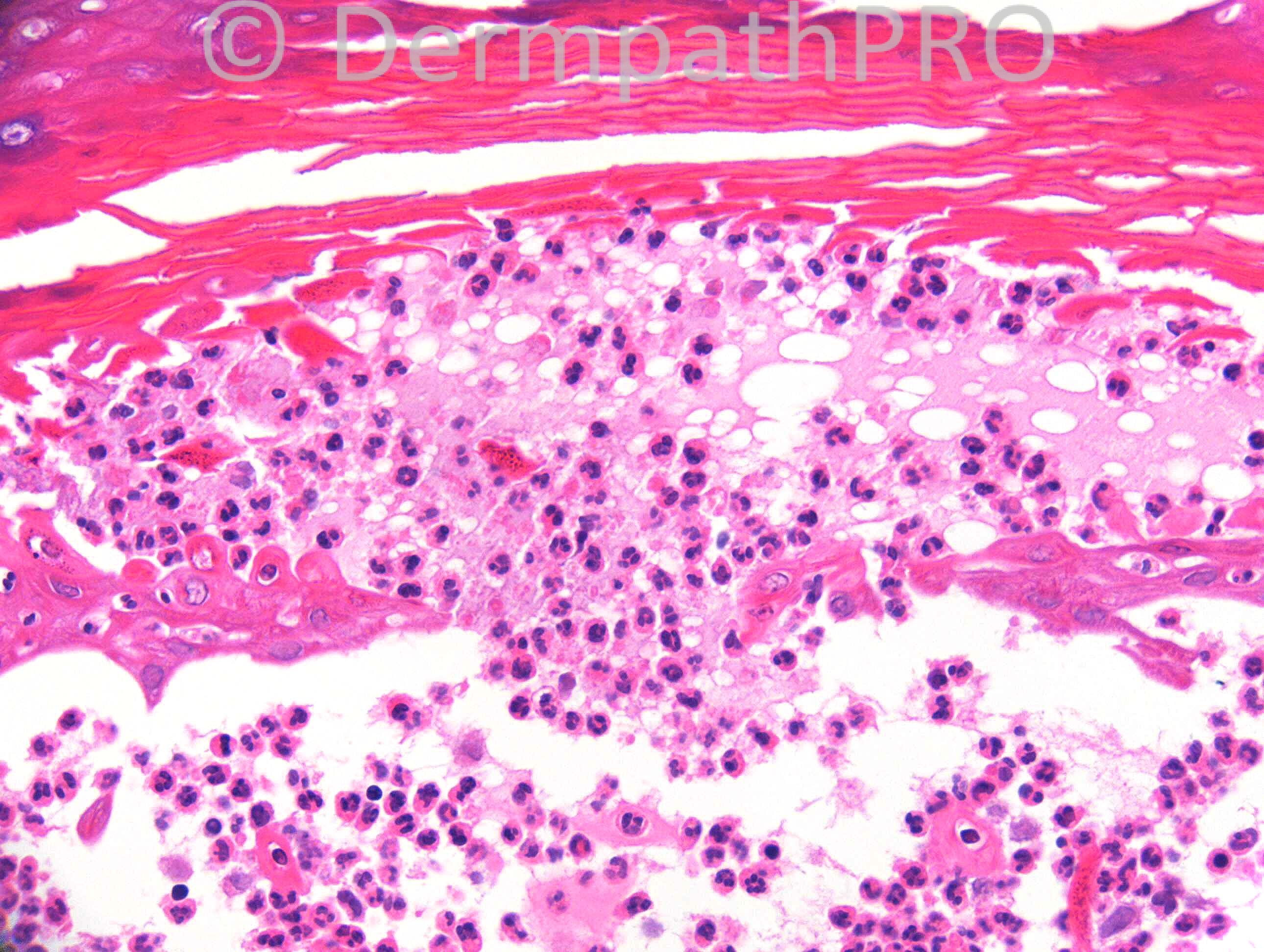Case Number : Case 937 - 24th January Posted By: Guest
Please read the clinical history and view the images by clicking on them before you proffer your diagnosis.
Submitted Date :
52 years old female. 2 yrs, scaly, thickened plaque & pustules isolated to right hand.
Case posted by Dr. Richard Carr.
Case posted by Dr. Richard Carr.









Join the conversation
You can post now and register later. If you have an account, sign in now to post with your account.